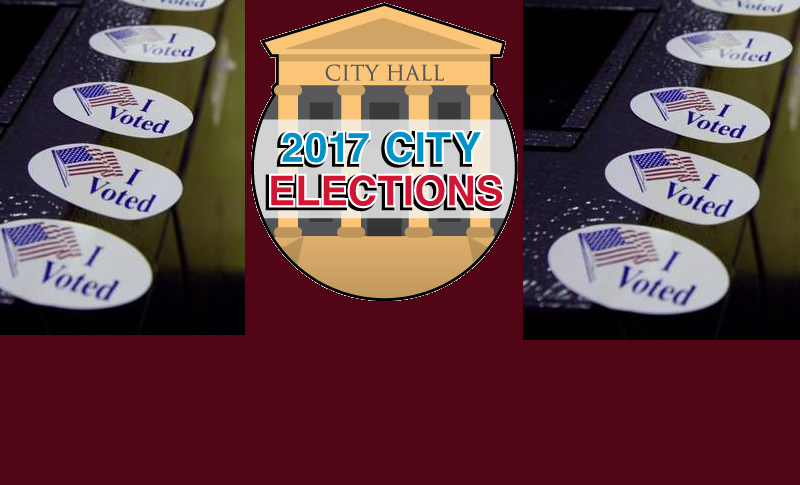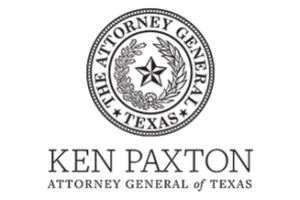Where in Texas Do You Pay the Most for Auto Insurance? You Probably Guessed Wrong

Texas is a big state filled with even bigger personalities, major metropolitan areas and enough varied terrain and weather conditions to keep Lone Star drivers always on alert, so you might expect a wide range in auto insurance costs.
What may surprise drivers, however, is that the most expensive places to insure your car isn’t Dallas or Houston, but rather a rural county in the southeastern part of the state and two even smaller counties down south.
“What’s strange about this is that insurance actuaries will tell you population density is one of the most influential factors in setting the price of auto insurance,” says Bob Hunter, who was commissioner of the Texas Department of Insurance from 1993 to 1995. “More population density means more frequency of accidents. So you’d expect to see the large cities dominating the list. But this is not the case.”
Why is that? The answer is a bit complicated. There’s almost as many factors in figuring out the cost of auto insurance in Texas as there are road sings along Interstate 45.
Let’s start with the big picture and then highlight the costs among some counties and cities.
.jpg)
A recent Quadrant Information Services study, commissioned by insuranceQuotes, examined the average cost of auto insurance premiums in 1,348 Texas cities. Using a hypothetical 40-year-old female driver with a clean driving record and no prior claims, the study also examined the average cost of auto insurance in all 254 counties statewide, and some of the results were quite significant.
For instance, the average annual cost of an auto policy in the city of Linn is $1,878, which is 23 percent higher than the state average of $1,522 (on average Texas ranks as the 13th most expensive state for auto insurance.)
Meanwhile, drivers in San Angelo are paying — on average — 17 percent less than the statewide average for car insurance.
Furthermore, the price of insurance can swing substantially from county to county. Consider, for instance, that drivers in Kenedy County pay, on average, $1,736 for car insurance — 14 percent more than the statewide average. Meanwhile, drivers in Tom Green County pay 14 percent less.
Some analysts believe these cost differences point to an unfair disparity rooted in economic inequality throughout the Lone Star State, while others point to the immense size of Texas and the geographic variables that drive insurance costs.
“Texas is such a vast area that we have different climates, different environments, and a whole different clientele from one city to another,” says Mark Hanna, spokesperson for the Insurance Council of Texas, a nonprofit industry trade association representing more than 500 insurance companies. “If we were just a small, condensed state I would expect everyone to have more or less the same rates, maybe with some variations in rural versus urban areas. But across Texas it’s all so different that you expect to see these variables.”
.jpg)
Texas auto insurance rates by county
Looking at the cost of auto insurance by county, a similarly varied landscape emerges. According to the study, the following five counties, on average, have the most expensive annual auto insurance rates in Texas:
- Kenedy — $1,736; 14.1 percent above average
- Starr — $1,721; 13.1 percent above average
- Liberty — $1,717; 12.9 percent above average
- Dallas — $1,710; 12.4 percent above average
- Hidalgo — $1,709; 12.3 percent above average
Meanwhile, the following five counties, on average, have the cheapest auto insurance rates in the state:
- Tom Green — $1,302; 14.4 percent below average
- Wichita — $1,322; 13.1 percent below average
- Midland — $1,340; 11.9 percent below average
- Terrell — $1,357; 10.8 percent below average
- Presidio — $1,359; 10.7 percent below average
Again, geography and demographics seem to play a role in the distribution. Counties with the least expensive insurance rates tend to be in the state’s northern half, while those counties with the highest rates tend to be in the south near the Texas-Mexico border.
“Among the top 15 most expensive counties you’re seeing a lot that are down near the [Rio Grande] Valley,” says Hunter. “Starr, Hidalgo, Jim Hogg, Webb, Brooks, Maverick, Edwards — they’re all in the Valley down where people are very poor.”
According to a 2016 Texas Tribune article about countywide poverty levels in the Lone Star State, “poverty is disproportionately distributed across the state.” In particular, nearly one-in-three residents of south Texas border counties are living in poverty while suburban counties near the largest cities “contain the smallest shares of poor people.”
For example, according to 2015 Census data, Starr County is the second poorest in the state, with 35 percent of its population living in poverty. And Hidalgo County, which is in the heart of the Rio Grande Valley, is the fourth poorest in the state, with about 34 percent of its population living in poverty.
While Hunter draws correlations between income demographics Hanna says the study’s findings have less to do with poverty and more to do with other rate-setting variables like crime, theft, and percentages of uninsured motorists on the road.
“For instance, auto theft rates are very high down near the Mexican border. Lower credit scores also might be a huge factor. And the number of people driving without insurance is also making it more expensive to write policies down in those cities and counties,” Hanna says. “I was recently down in Brownsville (Cameron County) talking to the chief of police. He said that if he were to set up a road block, one out of every two vehicles would be uninsured.”
To be sure, South Texas crime rates are worth noting. According to a 2014 Politifact article about countywide crime in the Rio Grande Valley, Hidalgo, Starr and Cameron counties ranked second, third, and fourth, respectively, in the state for property crime, which includes auto theft.
“A lot of these counties are also judicial hell holes, where trial lawyers are much more active and you see more lawsuits, which has an impact on the cost of insurance,” Hanna says.

Texas auto insurance rates by city
When you take an even closer look and break down auto insurance costs by city, it’s apparent that not all jurisdictions are created equal.
According to the study, the following five cities, on average, have the most expensive annual auto insurance rates in Texas:
- Linn — $1,878; 23.4 percent above average
- Delmita — $ 1,830; 20.3 percent above average
- Devers — $1,818; 19.5 percent above average
- Los Ebanos — $1,780; 17 percent above average
- Elsa — $1,775; 16.6 percent above average
Meanwhile, the following five cities, on average, have the cheapest auto insurance rates in the state:
- San Angelo — $1,263; 17 percent below average
- Wall — $ 1,269; 16.6 percent below average
- Knickerbocker — $1,278; 15.9 percent below average
- Presidio — $1,279; 15.9 percent below average
- Burkburnett — $1,281; 15.8 percent below average
What’s most notable is that the five largest cities in Texas are nowhere near the top of the list while relatively small municipalities rank high.
For instance, Houston — the state’s largest city with a population of more than 2 million — is the 27thmost expensive city for auto insurance. And the next largest city, San Antonio, is all the way down at number 264.

With the exception of Elsa, all of the top five most expensive cities have a population of less than 1,000. For instance, Linn, the most expensive auto insurance city in the state, has a population of just 958 people according to the U.S. Census. And Delmita—the second most expensive city for auto insurance—has a meager population of just 216.
It’s also striking, says Hunter, that the most expensive cities for car insurance are also some of the state’s poorest. What’s more, four of the study’s five most expensive cities (Devers is the exception) are located in the deep southern region of the state near the Mexico border.
“These are mostly poor, Hispanic populations and for some reason they’re driving the rates up above what you might expect,” says Hunter, who is now director of insurance at the Consumer Federation of America, an advocacy organization that tackles issues affecting consumers in myriad industries.

Consider, for instance, the median income for a family in Linn is about $27,000 and about 28 percent of the population lives below the poverty line. In Los Ebanos the numbers are even starker, with a median family income of just $7,692 and 72 percent of the population living below the poverty line.
“The question of course is how do rates get so high in these areas,” Hunter says. “Either the long-held notion that traffic density drives prices is nonsense, or they’re doing something to make sure lower income people are paying a higher rate for car insurance.”
How fair is the system that sets auto rates?
Hunter says the state’s department of insurance — which did not respond to requests for comment — should take a closer look at the uneven distribution of auto insurance costs, particularly in low-income cities and counties.
“If I were commissioner again I would raise some serious questions about what is driving up the cost of insurance for lower income neighborhoods that aren’t big cities,” Hunter says. “Even the poorest drivers are still required by law to buy insurance, and they deserve a full analysis and careful consideration of the affordability question.”
In the meantime Hanna suggests that Texas drivers regularly shop around for a better deal on auto insurance.
“We’ve got more than 100 companies that offer auto insurance in the state of Texas, and consumers are not taking advantage of an opportunity for lower rates if they aren’t shopping around,” Hanna says. “Rates might vary by as much as $1,000, and people should regularly be checking for the best deal possible.”














